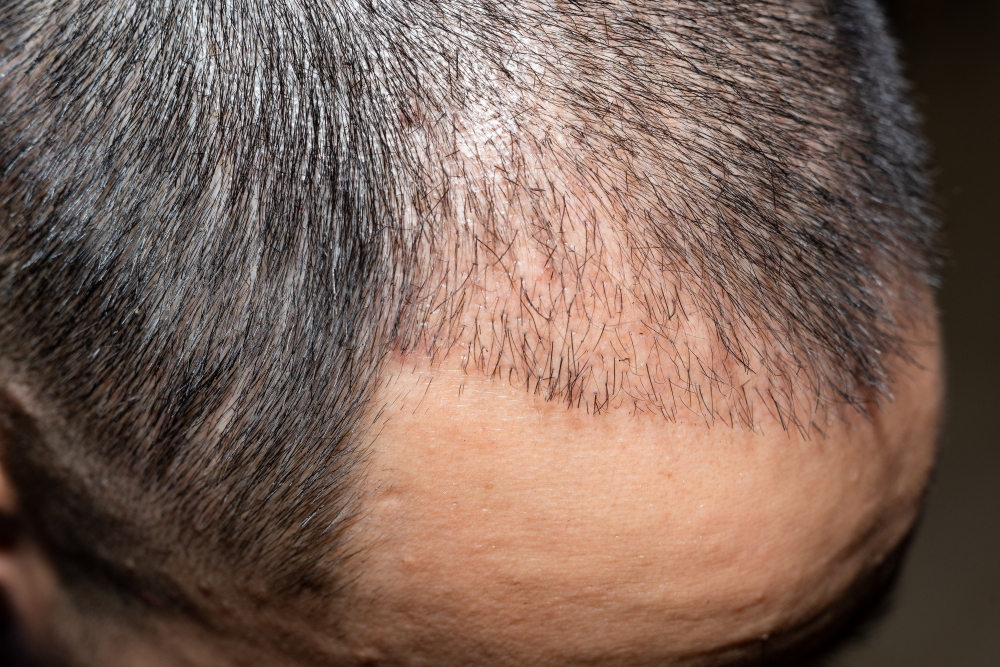Minoxidil is not always required after a hair transplant, but it can be beneficial for some patients. Whether or not you should use minoxidil after a hair transplant depends on various factors.
Here are some considerations…
- Type of hair transplant – Minoxidil may be recommended more frequently after FUT because it can help minimize shock loss, which is temporary hair shedding that can occur after the surgery. For FUE, the need for minoxidil may be lower.
- Individual response – Not everyone responds to it in the same way. Your surgeon may suggest using minoxidil if they believe it will benefit you based on your hair loss pattern and the quality of your donor’s hair.
- Patient goals – Your goals for hair restoration play a role in whether you should use minoxidil. If you want to achieve maximum hair density and coverage, your surgeon may recommend minoxidil as part of a post-transplant regimen.
- Healing and recovery – Minoxidil can be applied to the scalp once the surgical sites have healed, typically a few days after a hair transplant. It can help improve blood circulation to the grafts and may contribute to a quicker recovery.
- Maintenance – Minoxidil is often used as a long-term maintenance treatment to preserve the results of a hair transplant. If you stop using it, there is a risk of gradual hair loss over time.
The decision to use minoxidil after a hair transplant should be made in consultation with your hair transplant surgeon. They will evaluate your unique situation, discuss your goals, and provide guidance on whether minoxidil is recommended as part of your post-operative care. Follow your surgeon’s instructions and adhere to any recommended post-transplant regimen to optimize the results of your hair transplant.





